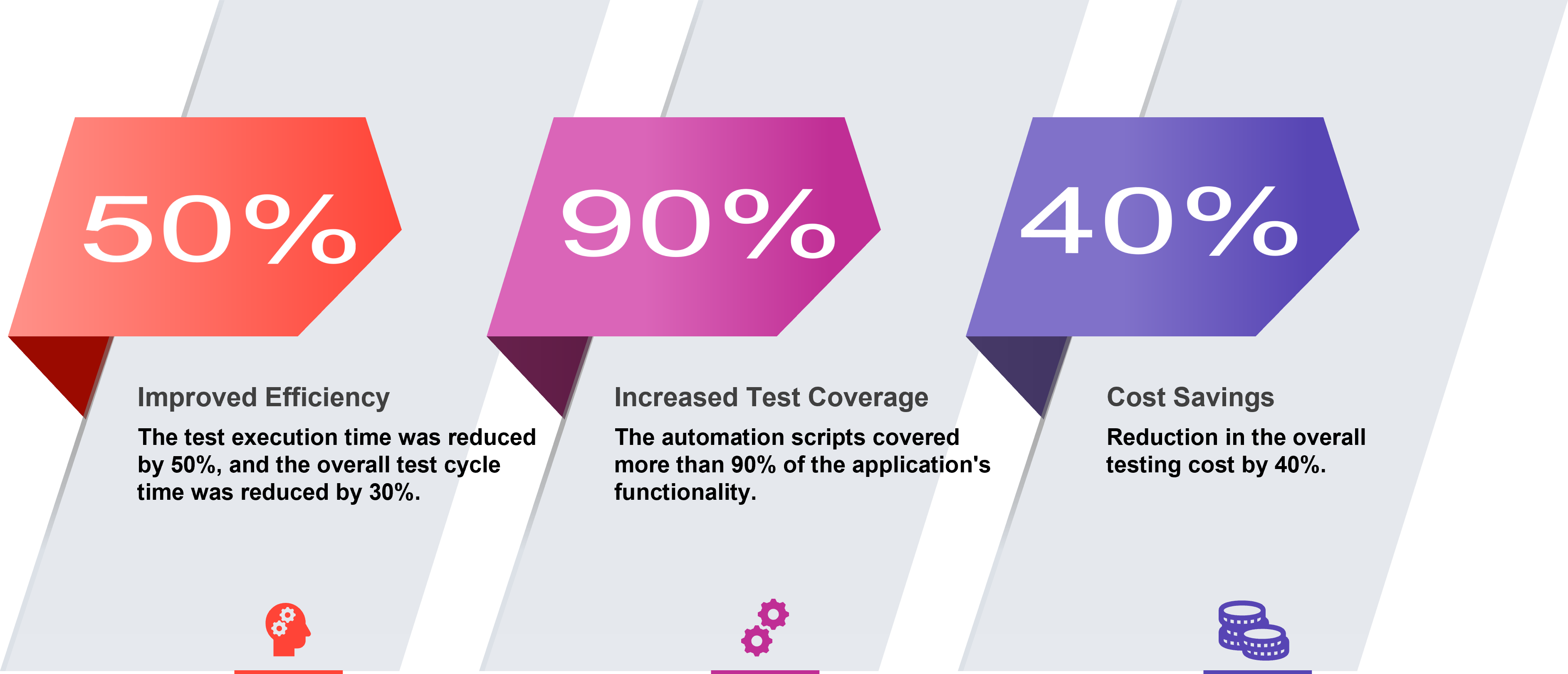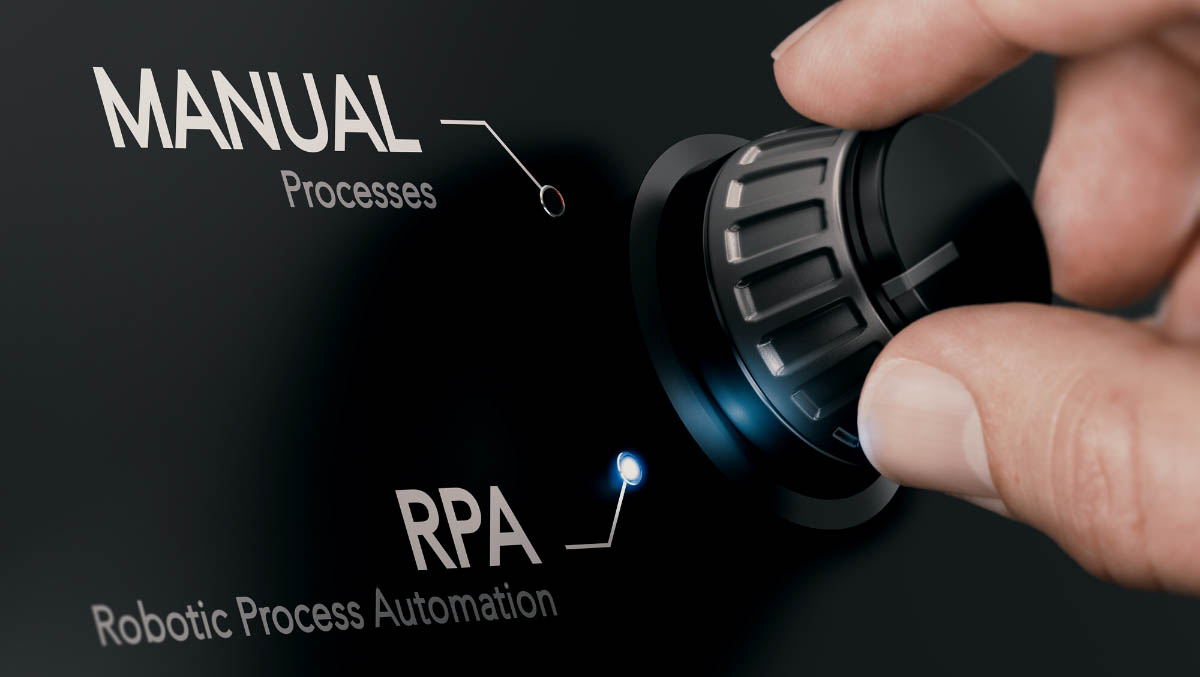Automating Claims and Payment Status Inquiries in Healthcare
Business Problem
Goal: The goal of this client is to increase the quality and speed of software testing and development in the digital banking system through the implementation of SDET and automation engineering.
The client in this case study is a reputed banking organization, which was facing challenges related to their digital banking system. The bank's existing digital banking platform was not meeting customer expectations, which was resulting in customer dissatisfaction and declining sales. The bank needed to improve the performance, stability, and functionality of their digital banking platform to enhance the customer experience and remain competitive in the market. The bank also needed to ensure that their digital banking system was secure, reliable, and met regulatory compliance requirements. The bank needed to find a solution that could improve the efficiency of their digital banking system and reduce manual effort and human errors while ensuring high-quality services to their customers.
The business problem in this case study is to enhance the existing banking application to improve digital transactions for customers by addressing its limitations such as a complex user interface, limited functionality, inadequate security, limited accessibility, and slow performance. The goal is to create a better banking app that is easy to navigate, has more features, improves security, is accessible to all customers and have faster performance.
Business Solution
The business solution in this case study is to expand the digital platform by adding new features to the existing web application, creating a new mobile app, and developing new web services to improve the customers' banking experience by making it easy, hassle-free, and rich with features.
This includes creating a more user-friendly interface, adding new digital transaction options, incorporating advanced security features, developing mobile app that is optimized for mobile devices, creating APIs and implementing new technologies to improve scalability and security, improved user experience, and providing training and support to customers and employees.
Technical Solution
Technologies Used
Customer Success Outcomes:

Latest Case Studies
Our Case Studies
.jpg)

.jpg)
.jpg)
.jpg)
.jpg)
.jpg)
.jpg)

.jpg)
.jpg)
.jpg)
.jpg)
.jpg)
.jpg)
.jpg)
.jpg)
.jpg)
.jpg)
.jpg)
.jpg)
.jpg)
.jpg)



.jpg)


.png)
.png)
.jpg)

.jpg)
.png)
.png)
.png)

.png)
.png)
.png)



.jpg)

.jpg)


.jpg)



.jpg)


.jpg)





